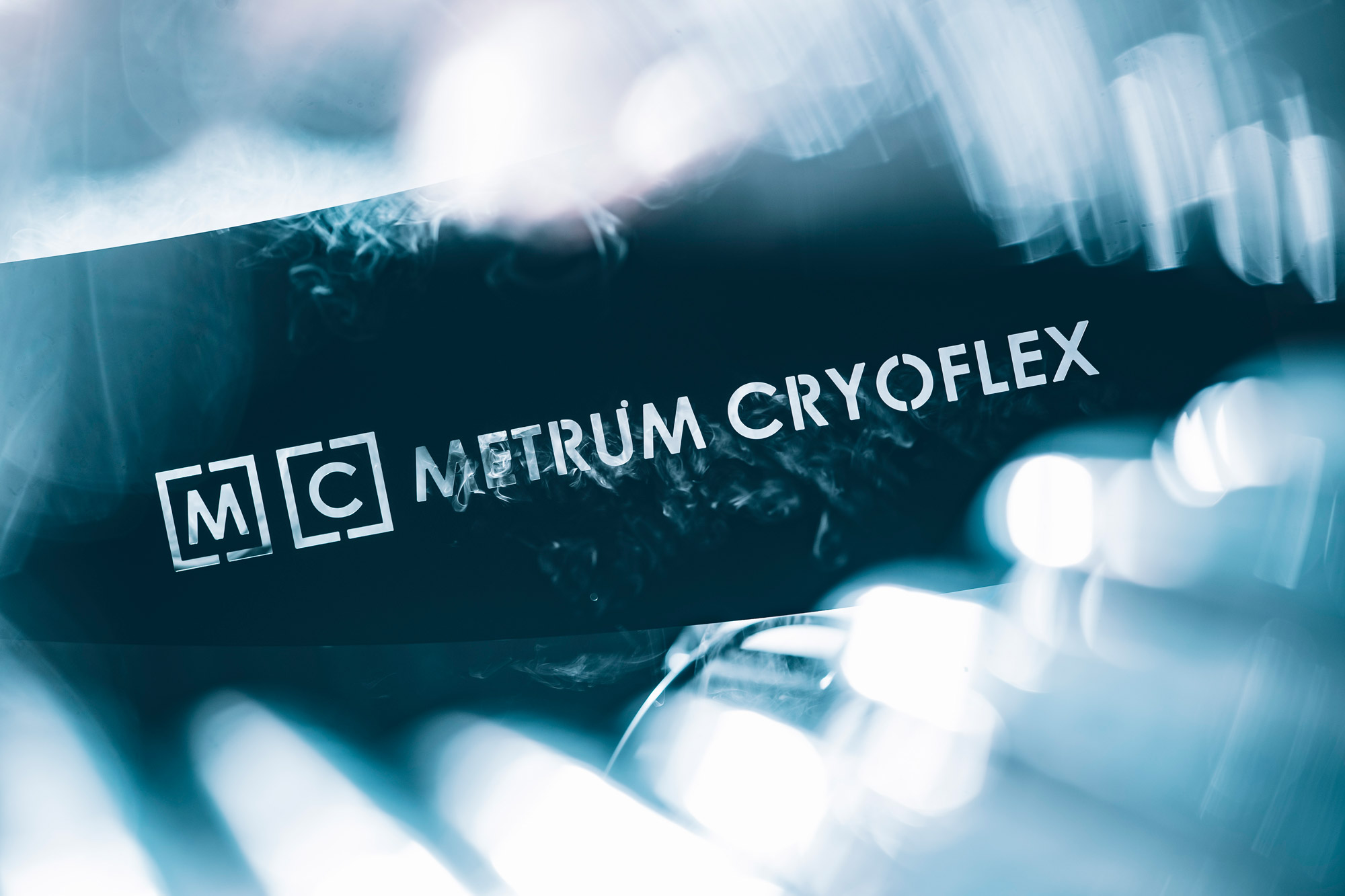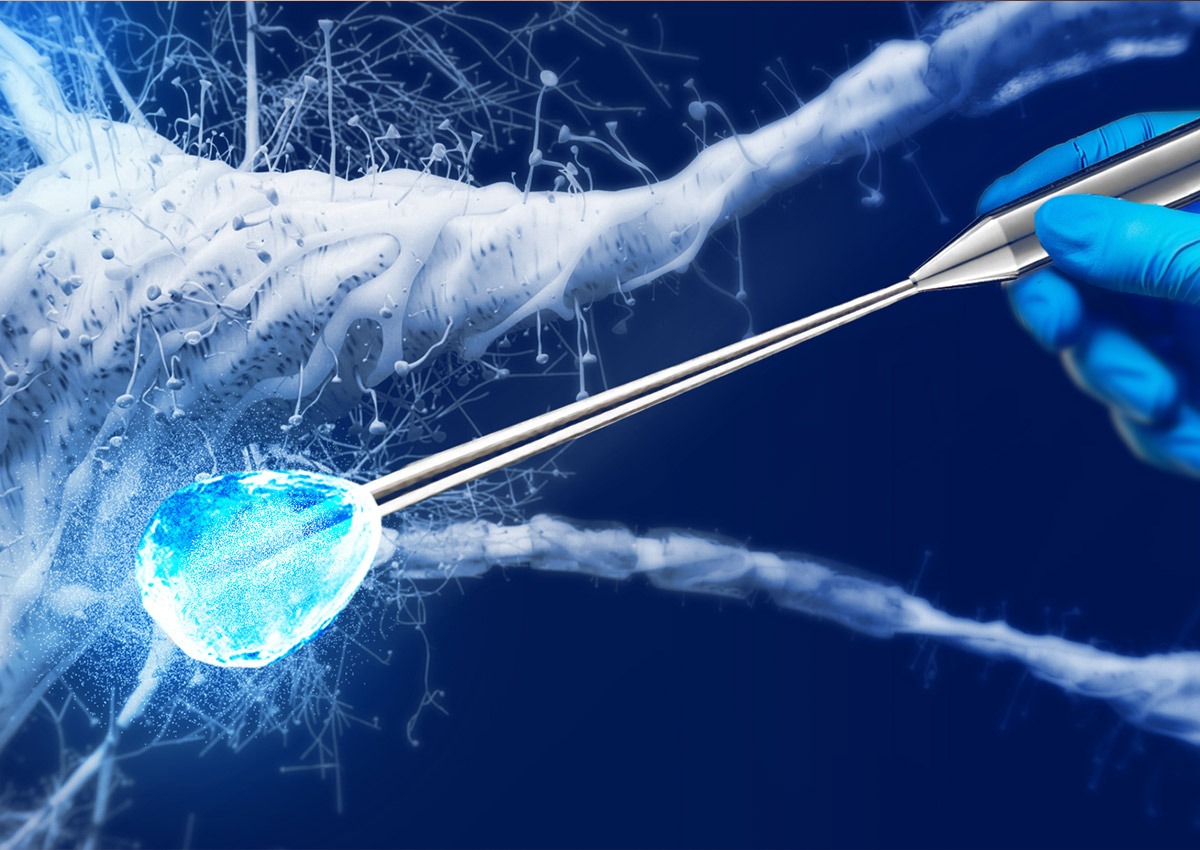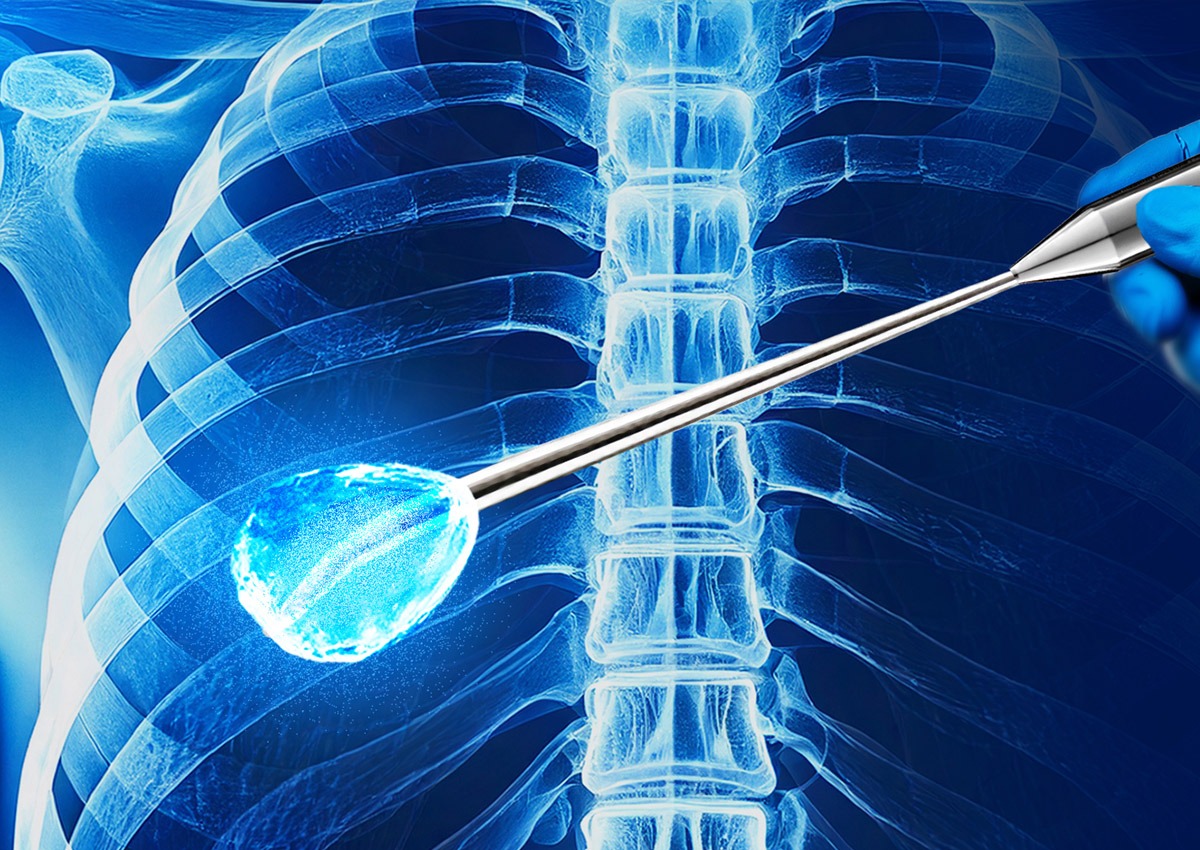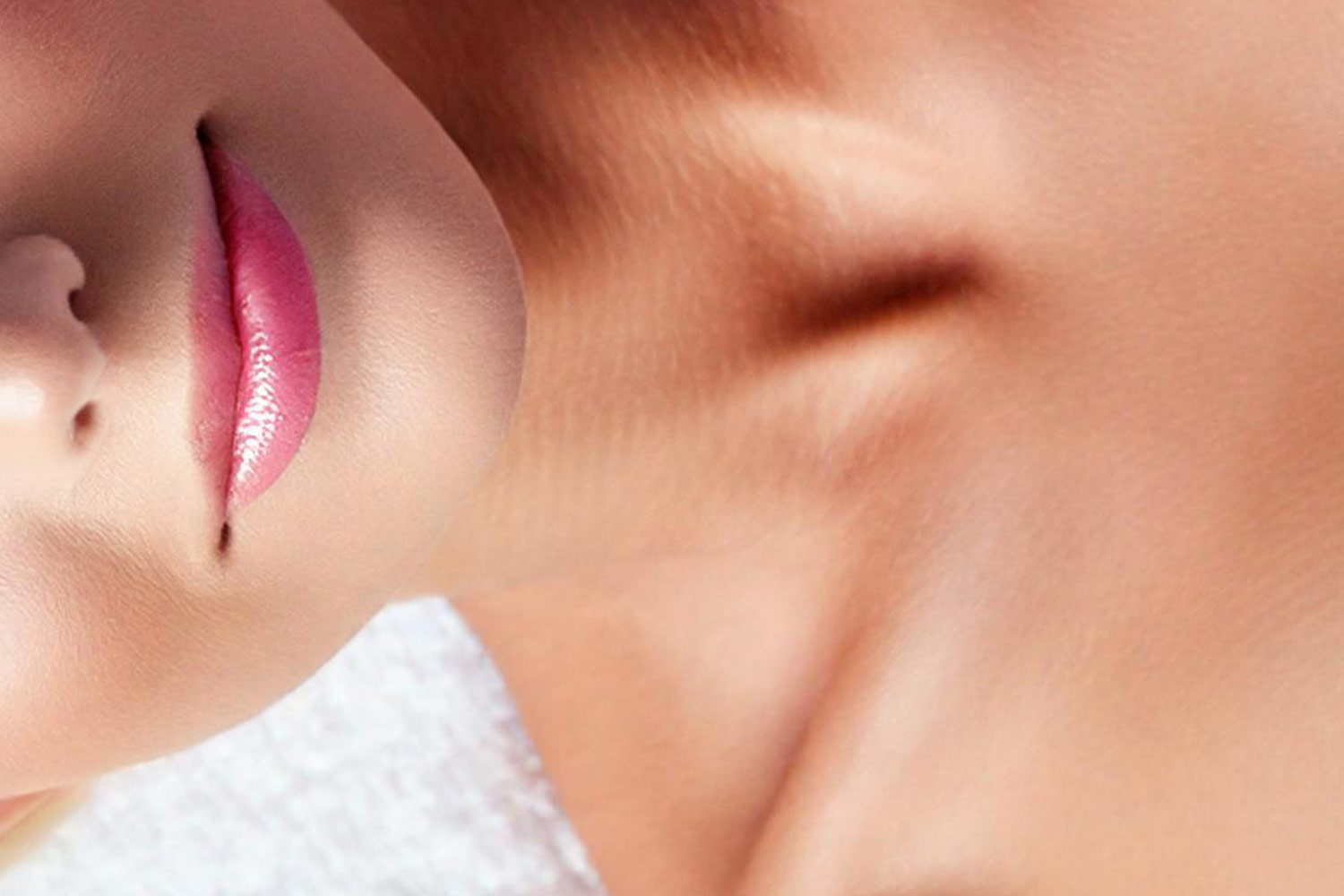









Podczas kursu doświadczeni prelegenci zapoznają Was ze skuteczną i bezpieczną procedurą leczenia bólu jaką jest kriolezja, a także podzielą się cenną wiedzą dotyczącą pracy z ultrasonografem.
Podczas kursu doświadczeni prelegenci zapoznają Was ze skuteczną i bezpieczną procedurą leczenia bólu jaką jest kriolezja, a także podzielą się cenną wiedzą dotyczącą pracy z ultrasonografem.
Podczas kursu doświadczeni prelegenci zapoznają Was ze skuteczną i bezpieczną procedurą leczenia bólu jaką jest kriolezja, a także podzielą się cenną wiedzą dotyczącą pracy z ultrasonografem.